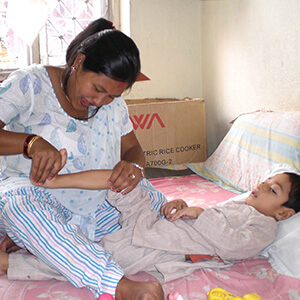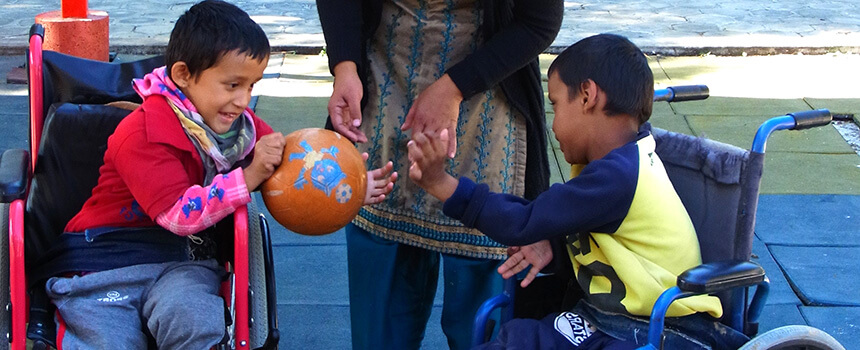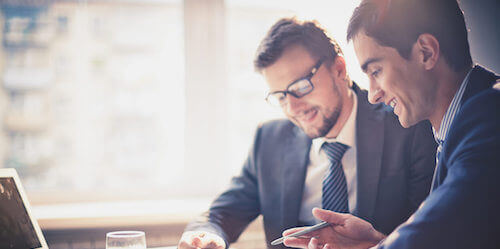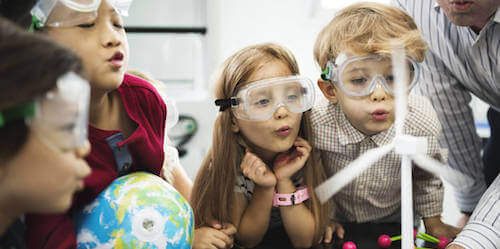 Physio against cerebral palsy
Physio against cerebral palsy
Physiotherapy for Nepalese children
Ram lives in a mountain village in Nepal. Ever since he was born, he could hardly move his legs and had difficulty speaking, swallowing and eating. He suffers from infantile cerebral palsy. When his parents heard of a therapy centre in Kathmandu, his father walked there over mountains for five days, carrying him on his back. There he is told that Ram’s treatment can be paid for by donations. They build a wheelchair from an old garden chair and show Ram exercises that help against the pain. His disability will never entirely go away, but thanks to the wheelchair, Ram will not have to spend all day lying down and every four weeks a physiotherapist will attend to him at home.
Necessity
Physiotherapy and medical aid for children suffering from cerebral palsy as well as education and training for their families.
Activity
The SGCP therapy centre treats children, both at the centre and at home.
Countable effort
One physiotherapy session per received donation.
Result
Improving the quality of life of those children already affected: pain relief, greater mobility and avoidance of secondary diseases.
Systemic effect
Parents are educated on how cerebral palsy originates and are then better equipped to avoid the disease in future pregnancies.
Background
It is estimated that there are about 60,000 to 80,000 people suffering from infantile cerebral palsy in Nepal. Cerebral palsy is a form of brain damage in young infants. It can be caused by a lack of oxygen before, during and after birth. Other causes can be infectious diseases, proscription drugs or alcohol.
Those affected suffer from neural and muscular damage, which can bring about mental and physical impairments.
The good deed
The organisation SGCP (Self-help Group for Cerebral Palsy) has been treating affected children with physiotherapy and speech therapy in their therapy centres and at home for 25 years. Trained physiotherapists visit affected families in their homes, treat the children and teach the parents on what they can do to support their children. Furthermore, the families are provided with implements, information brochures and by establishing local points of contact. SGCP’s educational work, for instance at schools, also helps to prevent a further spread of cerebral palsy.

AboutNepal
Kathmandu
Capital
28 982 800
Number of inhabitants
733
Gross domestic product per capita per year
144
Human Development Index
In addition to Mount Everest, the highest mountain on Earth, Nepal has seven other peaks above 8,000 metres.
About the organization and further information
Association
Sahaya - Hilfe für Nepal
Further information and source
- https://www.ninds.nih.gov/Disorders/Patient-Caregiver-Education/Hope-Through-Research/Cerebral-Palsy-Hope-Through-Research
- http://www.cpnepal.org/programme.html
- http://nepalitimes.com/news.php?id=18616#.WOM7dG-LSM8
- http://pf7d7vi404s1dxh27mla5569.wpengine.netdna-cdn.com/files/library/stone-chapter-13.pdf
- http://www.who.int/gho/countries/npl.pdf?ua=1
- http://www.who.int/medical_devices/countries/npl.pdf?ua=1




